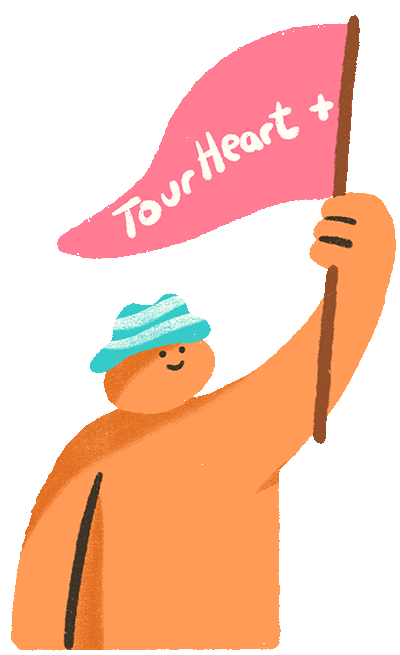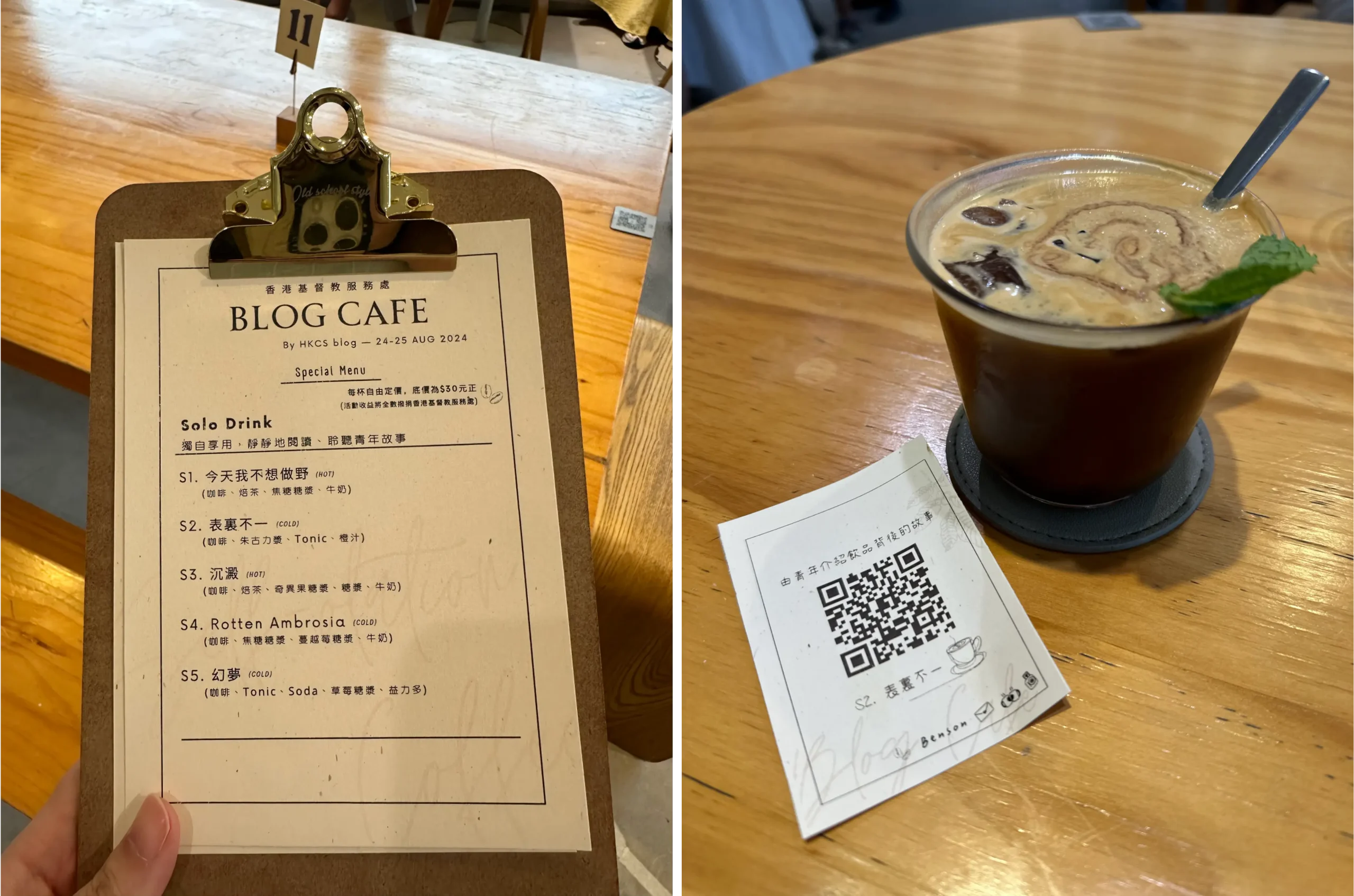Recently, I have visited an exhibition that deeply moved me, prompting me to muster the courage to reach out to the organization for this interview, which has culminated in today's article.
Upon entering TGIF Cafe in Sai Wan, I began to explore the journey of "hidden" youth. The cafe had transformed into a venue for the Hong Kong Christian Service's "BLOG" “monologue” art exhibition. This project specifically supports youth with "hidden" experiences, showcasing works created by them, including dancing, photography, writing, and more.
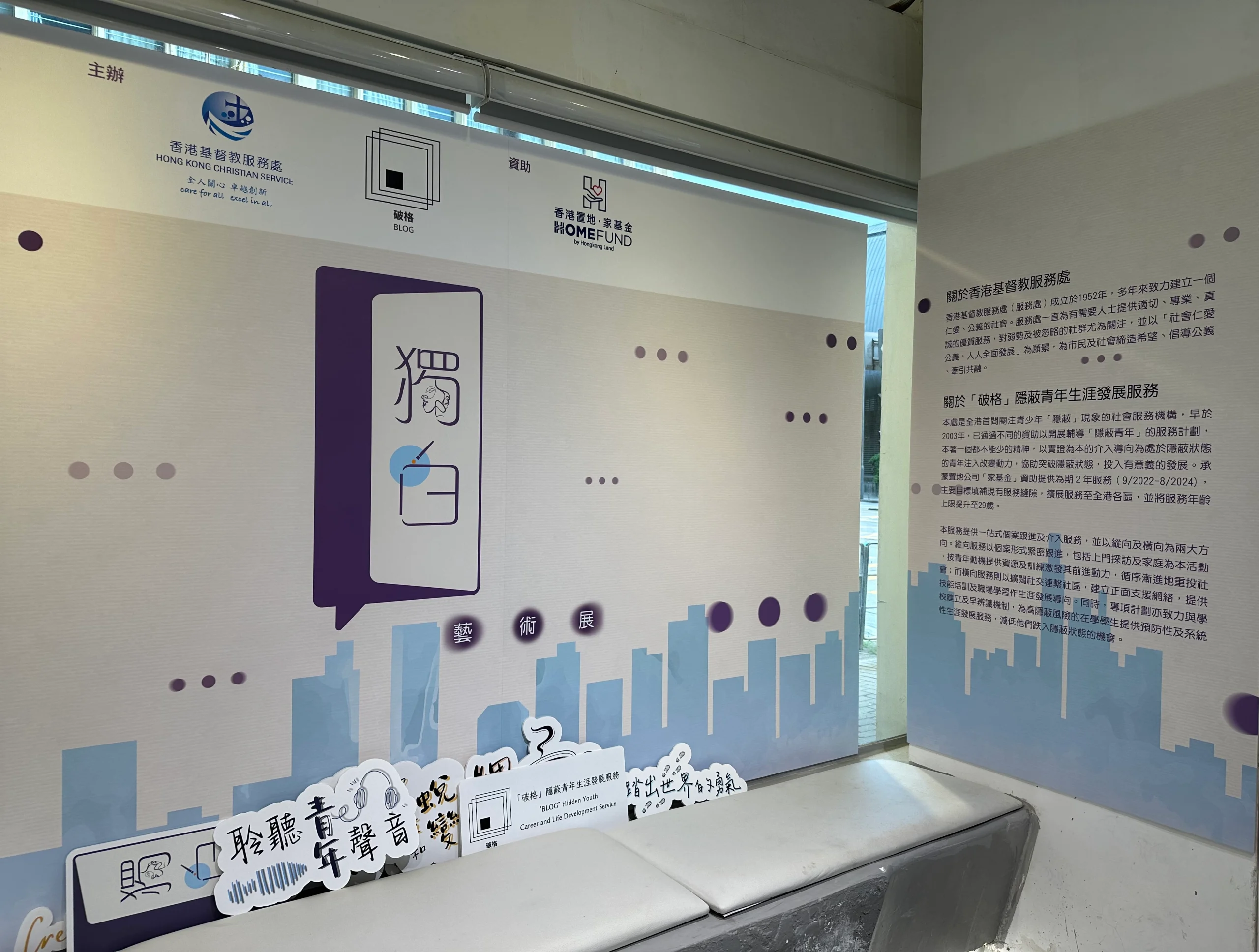
The guided tour of the exhibition began with 21-year-old Katy sharing her story. She uses dance to converse with herself, listening to her inner voice and dancing with them. Her work includes a video of her dance, photographs taken by a photographer while she danced, and a drawing she made before and after dancing.
When she was Form 5, Katy faced academic and interpersonal challenges and was diagnosed with depression and anxiety. She stopped attending school and stayed home for a period. She described that time as "I stayed at home passively; it wasn't my choice. When depression was severe, I felt exhausted, drained, and despondent, thinking negative thoughts, even thinking of ending my life, feeling so hopeless and unmotivated to get up."
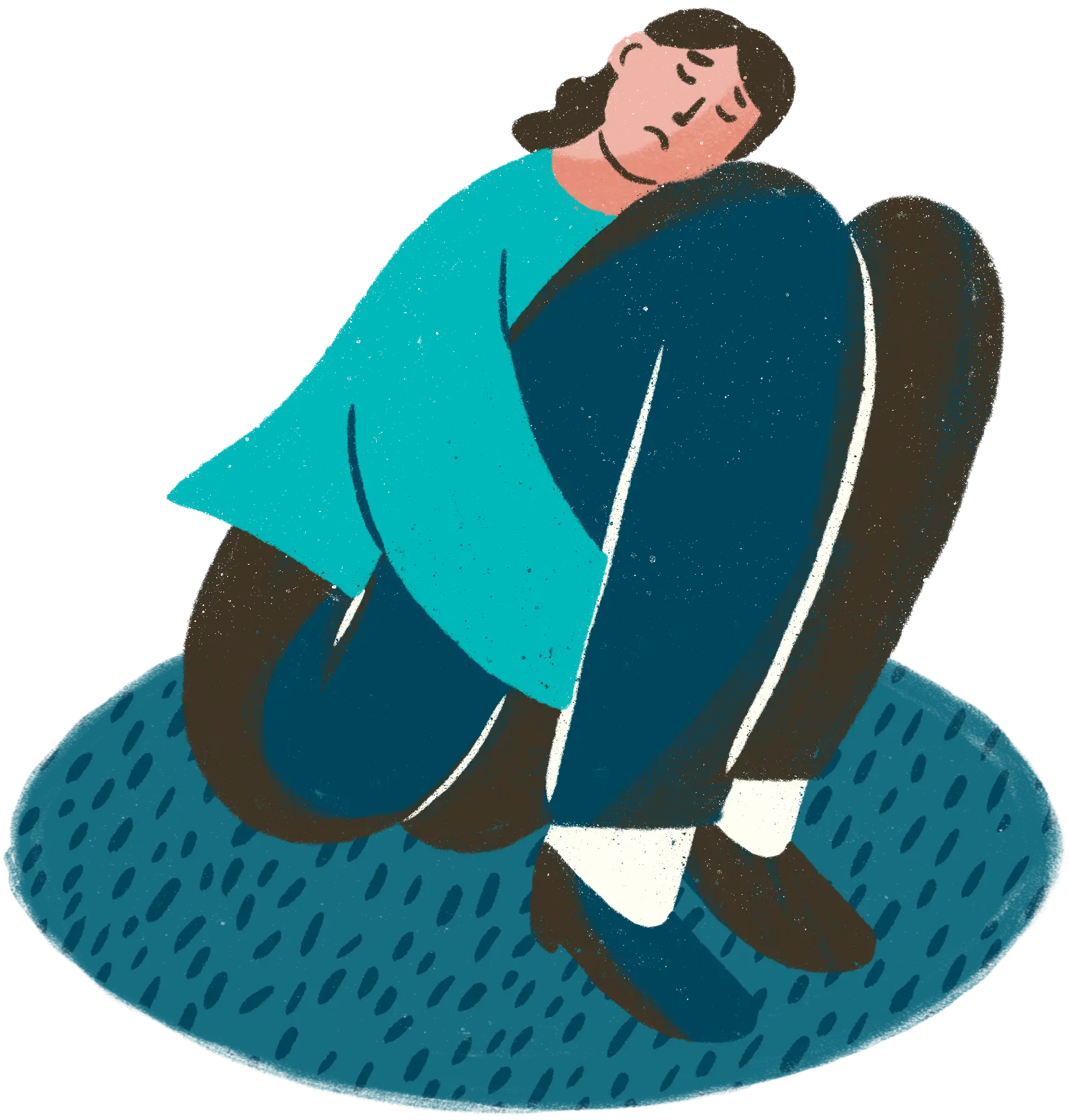
At the end of 2021, Katy noticed K-pop was so famous online and wanted to learn dancing, which encouraged her to step out of her home. Surprisingly, she became captivated by contemporary dance. "Contemporary dance can encompass different emotions and states, allowing me to express myself. It turns out that even when you're unhappy, you can show it to others, or you can express different emotions through dancing."
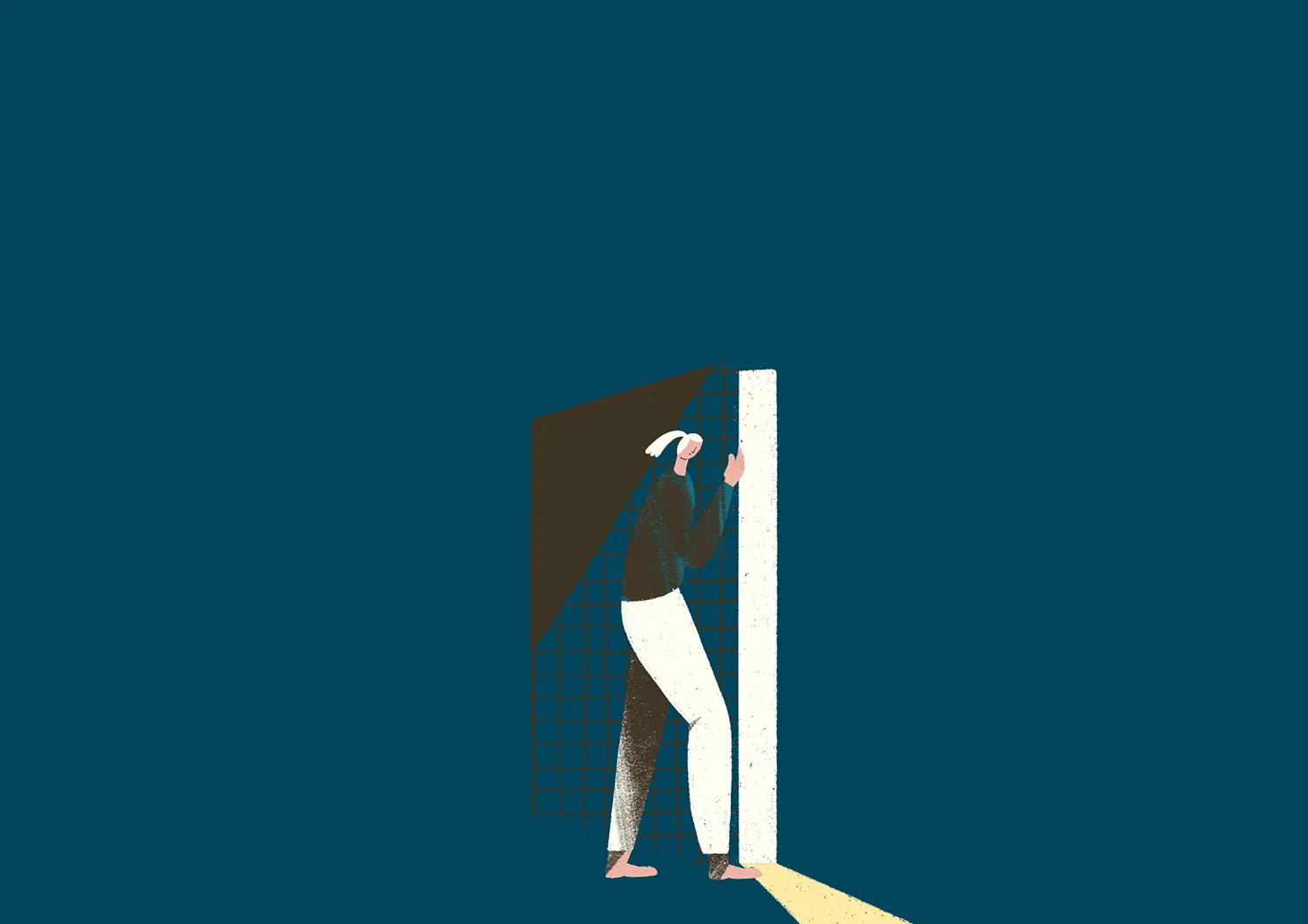
Both Black and White have the Meaning
Therefore, when the exhibition focused on art, Katy was eager to use dance to express her hidden state at the time. "I used to feel my life was full of shadows. I could escape from everyone and everything, but I could never escape myself. I hated the weak, fragile, and unsuccessful self, the self that couldn't step out and was always trapped in the past, afraid to break through. How can I live with those dark parts?" From the art piece, it shows Katy dancing in the dark, and when the light shines on her, it seems as if her dark self is dancing with her shadow. This led her to realize that there is a meaning in the existence of both black and white, we don't need to take away any part. As black and white are interdependent, only by bravely stepping into the darkness can we see the true light.
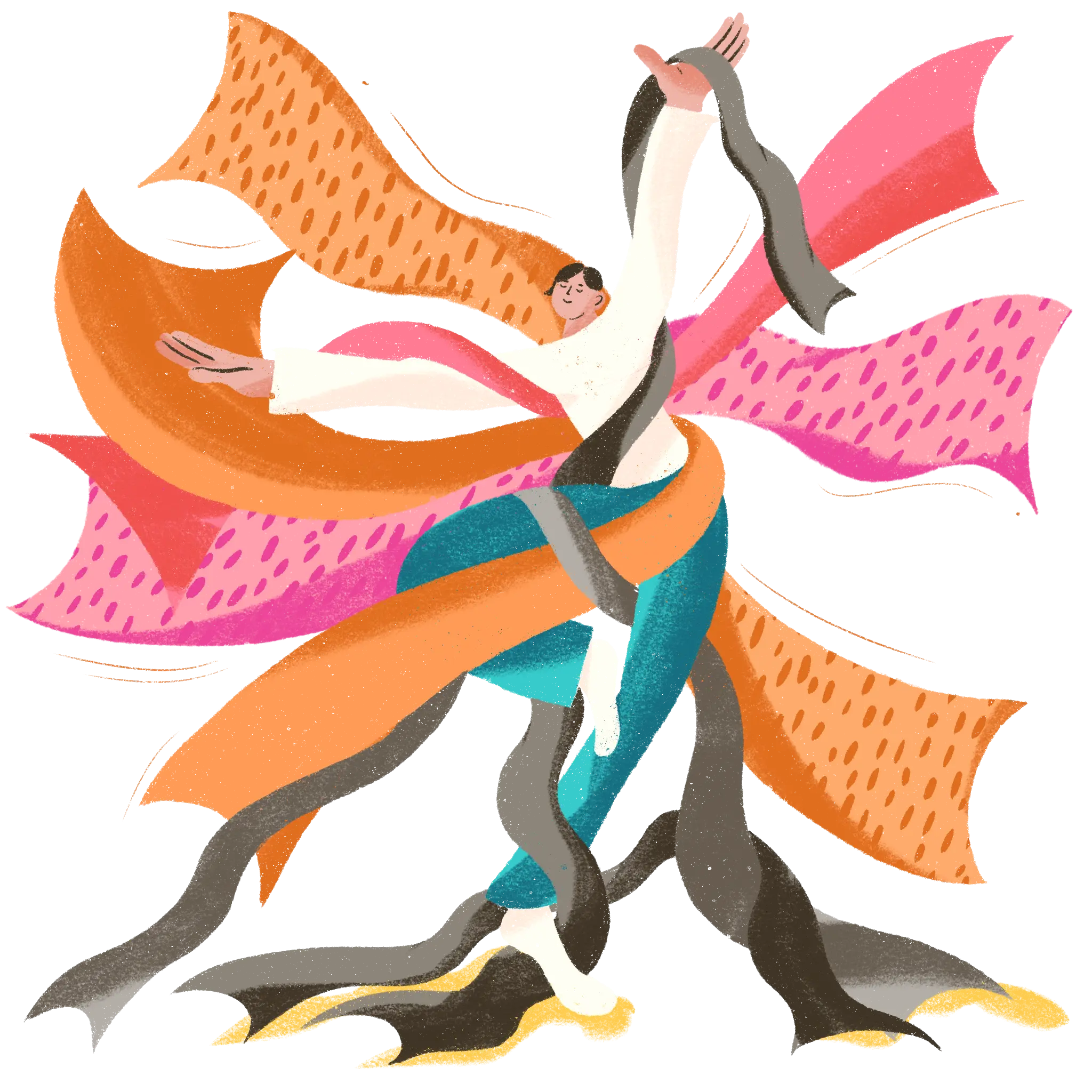
Through dancing and conversing with herself, she gradually reconciled with her past self. "Dancing is a dialogue with myself. I can feel my entire state and breathing in the moment. Dancing is so free, with no right or wrong, and no one criticizes. It's a great way for me to express myself. I can show myself to others through dance, fully presenting my struggles in heart that others cannot see."
Katy's Art: Finding Myself Between Light and Shadow
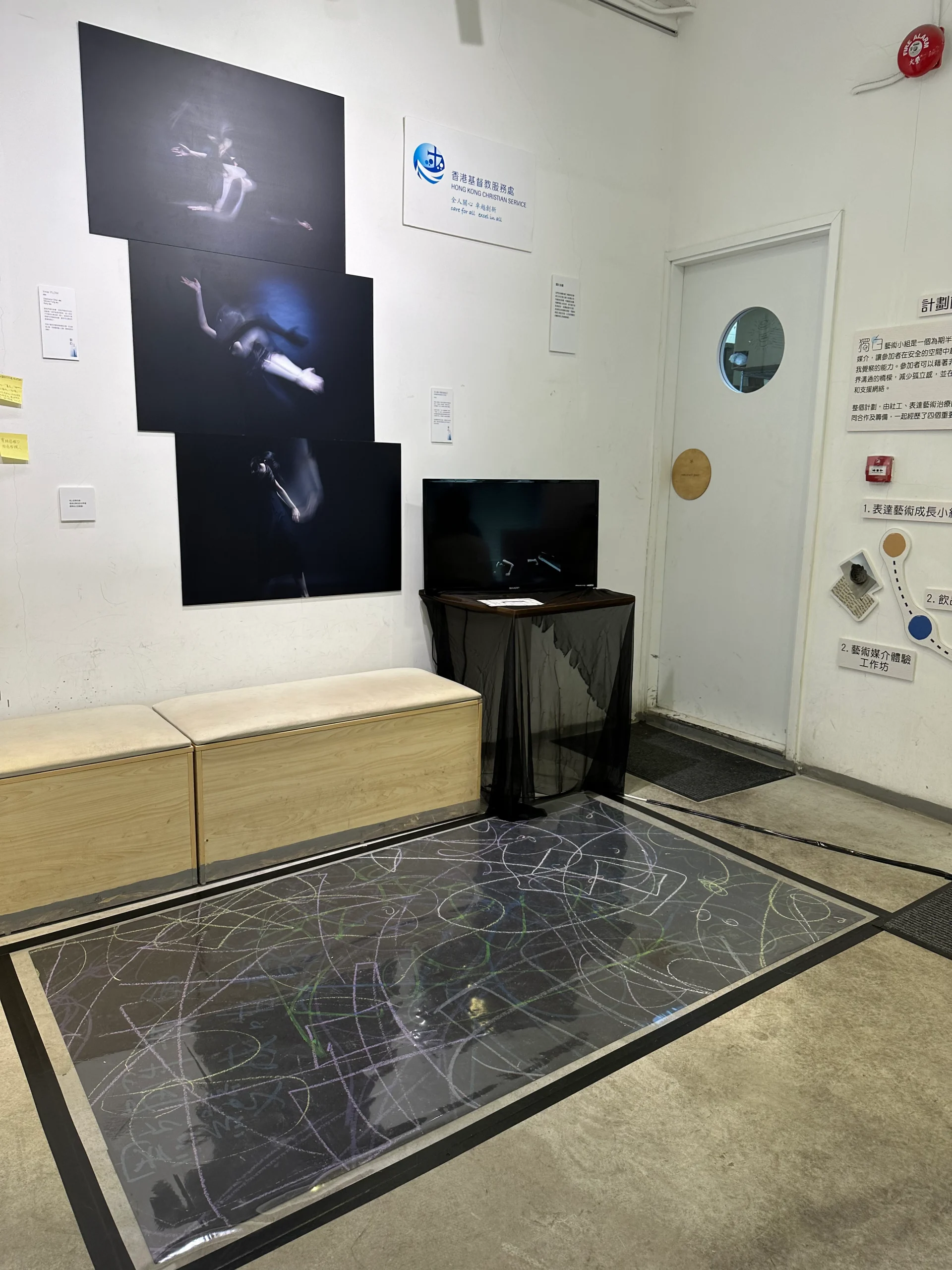
Before dancing, she wrote on drawing paper, "Why have I become like this?" After dancing, she wrote, "From today on, I will love every part of my body." Katy's courage to honestly face herself and share her vulnerabilities deeply moved me. Perhaps we all have parts of ourselves we dislike and are afraid to face, whether they are experiences, emotions, or thoughts. They are like mirrors, impossible to escape no matter how hard we try. To many, "light" represents hope and beauty, while "darkness" symbolizes negativity. But without black, how can there be white? Hope that we can appreciate every part of ourselves, as every experience is shaping a better version of us.
A Wish to Destigmatize
Katy shared a dream she has long wanted to achieve, which has quietly begun to sprout: she really wants to positively influence those around her through her own experiences, reducing the stigma attached to "hidden" youth and individuals struggling with emotions. "I really want to use my little power to tell people that many will think we are lazy, unwilling to work hard, not motivated, useless, but in fact we are working very hard to survive, and facing our own challenges with great effort," "I hope that after everyone hears our true voices, they will change their views, no longer discriminate, because when feeling loved and cared for, we will be more willing to seek help, or be willing to try to step out and seek assistance, leading to a new life."
What is touching is that, initially, Katy lacked confidence in presenting her work at the exhibition, but in the end, she did it. "This experience has actually been giving me strength all along, and I can really bring some messages and my true voice to the public. I think it is so meaningful."
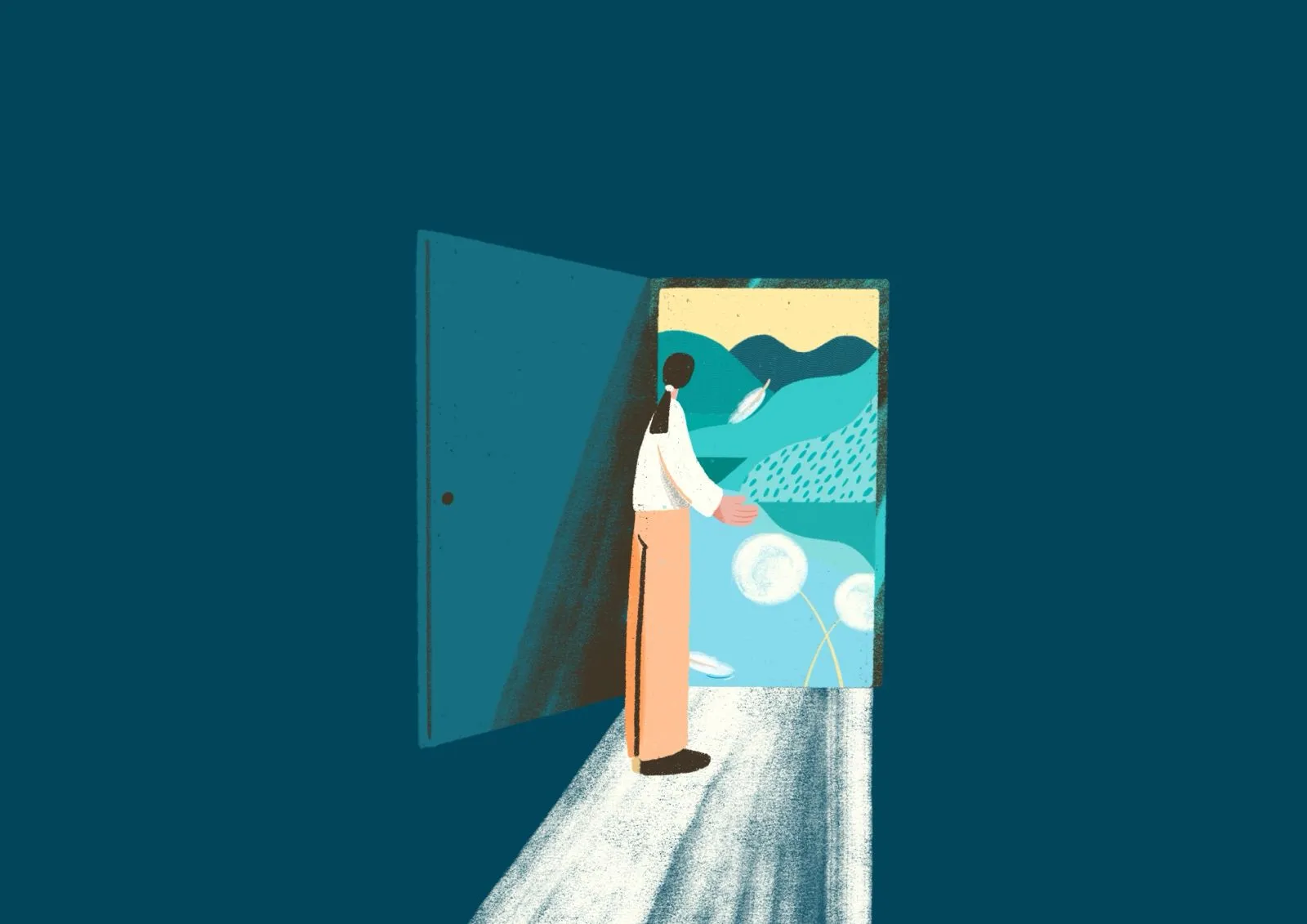
"The youth actually loves this world, but their way of loving is to choose not to disturb this world"
Expressive arts therapist and assistant curator of the exhibition, Winnie Fung, gained significant insights from interacting with the youth. To outsiders, it may be difficult to understand why "hidden" youth choose to remain concealed. However, Winnie observed the opposite, "I see a group of young people with deep inner vitality, profound thoughts, and intense emotions. They have a lot to say, think, and feel, but may not encounter the right space, time, or people to share with. They really want to connect with the world, are sensitive to any reactions from the world, yet feel powerless to cope with everything. They worry that their every move may disturb this world, disturb those who love them, so they prefer to shrink themselves."
Winnie emphasizes that the exhibition is not about "selling misery" or glorifying the story of youth emerging from hiding. Instead, it's about inviting the public to enter the hidden state of youth and stay there to feel their feelings. She wants to tell the youth, "We are here with you, going back to that hidden place. You were lonely in the past, but now you are not alone."
Winnie also raises another important discussion: when “hidden” youth try to step out, does society provide them with space and opportunities? "Mainstream societal narratives expect us to become a certain type of person. When you can't fit into that expectation, you're seen as disturbing the world," she says. The reality is that "when “hidden” youth try to step out, their pace may be slower than mainstream society expects, and they may hear criticism, making them back to their original state. When they return to a hidden state, they are criticized again, 'I told you so, you're like this again,' but society hasn't given opportunities to those who need to slow down..."
Everyone deserves to be seen, even "hidden" youth, each of them have their own unique stories. The key is whether you are willing to listen. When society labels them as "hidden youth" or "young losers" without understanding their stories and voices, is it responsible to hastily attach these labels?
I would like to conclude with Katy's words, which may give everyone a different perspective, "I was so afraid of my existence causing trouble for others. I was afraid of disturbing people, becoming a burden to them. I didn't want to hinder others, make them unhappy, or feel pressured, so I would rather bury my unhappiness and stay hidden.” I can tell that Katy is so considerate and cares about others' feelings. I strongly believe that if we can let go of preconceived notions about different people, let go of the discourse of normality, let go of unconstructive criticism, put ourselves in others’ shoes, and believe everyone has own uniqueness, we will definitely have a different view. Indeed, I want to encourage each of us, who are striving to survive and live in every corner: We are already trying so hard. Try not to let past experiences define you. We should all see ourselves as treasures and love ourselves!

